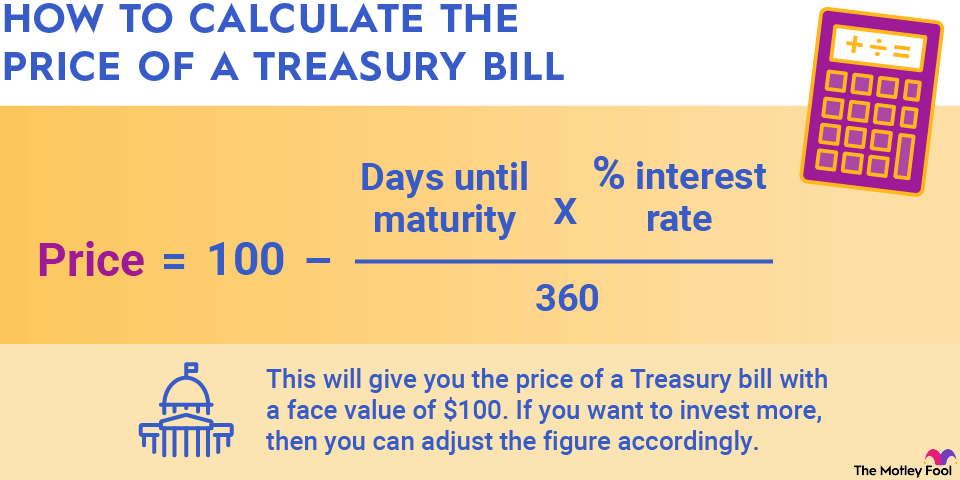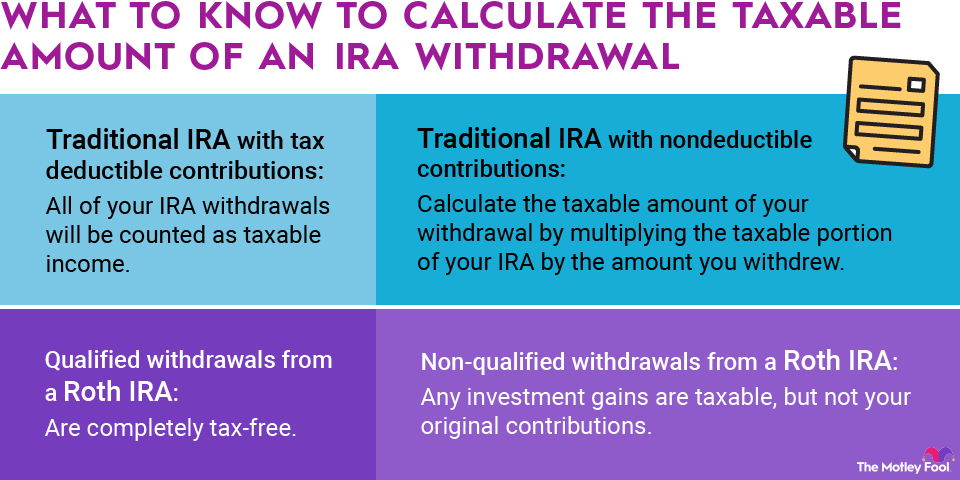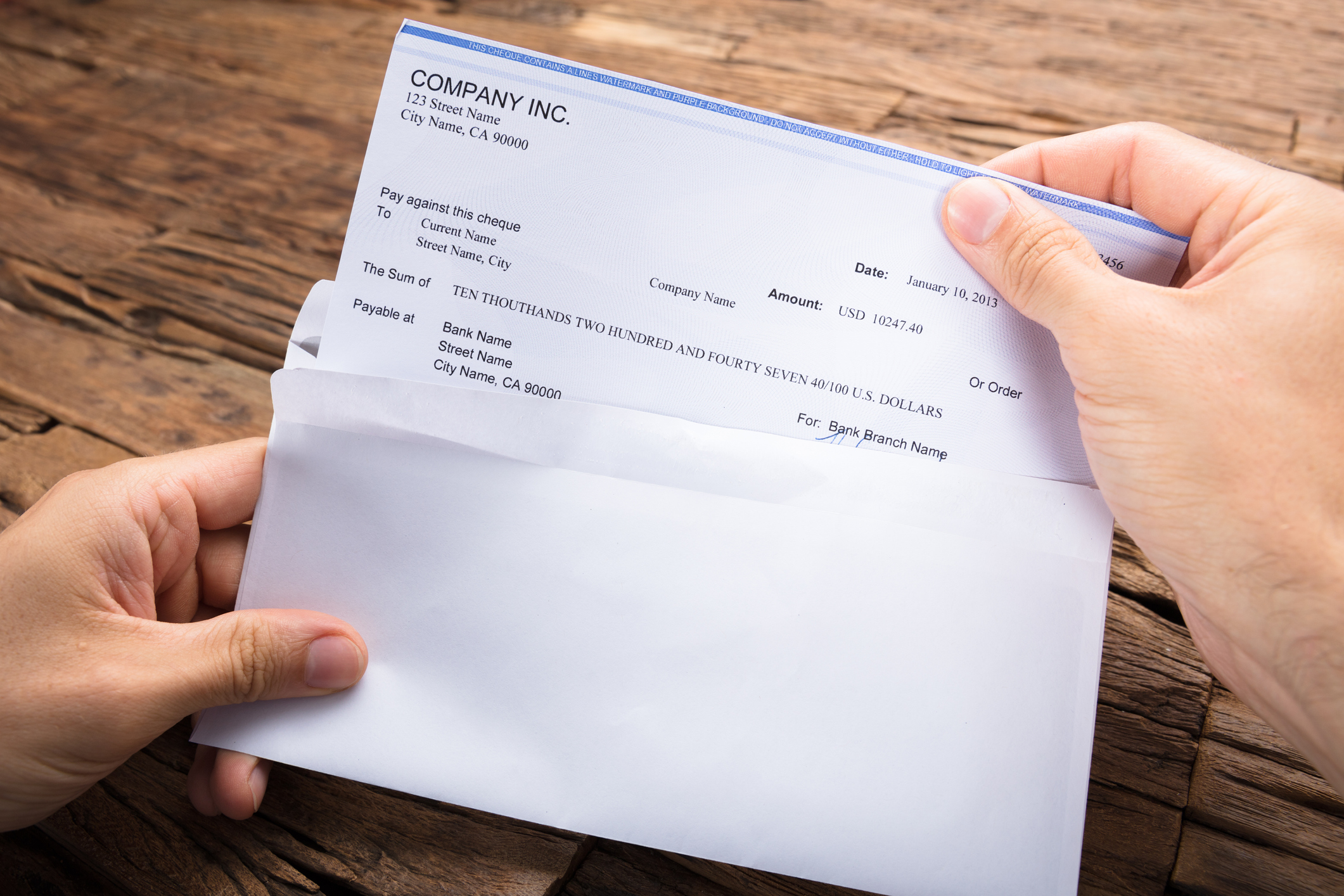When companies need to raise money, they often do so by selling additional shares of stock. These stock issuances have consequences not just to the amount of cash the company has on hand but also on the company's accounting statements. Below, we'll look at how you calculate the results of a stock issuance and what you need to do to account for it correctly.

Calculating proceeds from stock issuances
A typical stock issuance involves a company announcing an offering and then having underwriters gauge interest among potential investors and set a price per share. Once you know how many shares the company is issuing and at what price, it's easy to calculate the proceeds. Simply multiply the number of shares by the share price and you'll get the gross proceeds.
The company doesn't get to keep all of the proceeds, however. Underwriters keep some of the money as their fee. What's left is called the net proceeds of the offering.
Accounting for stock issuances
In general, a stock issuance affects three accounts on the balance sheet. First, the proceeds that the company receives from the stock issuance increase the cash account. In rare cases, companies issue stock in exchange for redeeming debt or for tangible assets rather than cash, which requires changing different items on the balance sheet.
The other accounts that stock issuances affect have to do with shareholder equity. The common stock account increases by an amount equal to the number of shares multiplied by each share's par value. This is typically less than the proceeds of the issuance. Any excess goes toward increasing the paid-in capital in excess of par account.
For example, say a company issues 100 shares at $10 per share, with a par value of $1 per share. In this case, the cash account would rise by $1,000, or 100 multiplied by $10. The common stock account goes up by 100 multiplied by $1 or $100. The other $900 goes toward increasing the account for paid-in capital in excess of par.
Related investing topics
Stock issuances are important ways for companies to get the capital they need. By knowing how to calculate and account for them properly, you'll learn to recognize them when you see them in a company's financial statements.


















